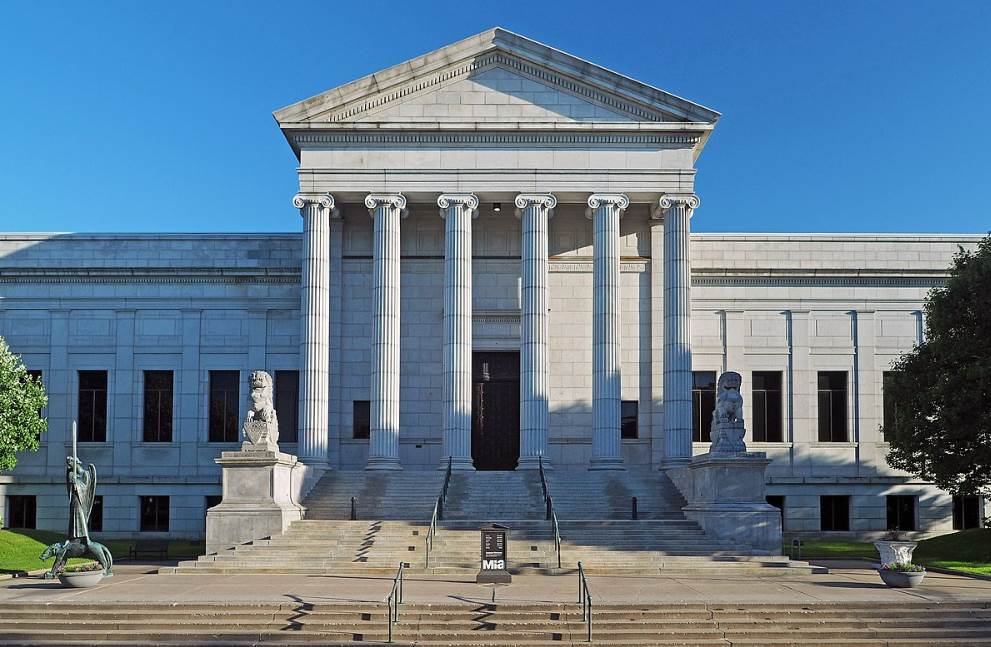When an aspiring French artist moved to Paris as a young man, he never managed to find his artistic breakthrough.
He did, however, see the amazing paintings produced by Renaissance artists and Baroque artists in Italy. This motivated Nicolas Poussin (1594-1665) to try his luck in Rome where he painted this work.
In this article, you’ll discover some of the most interesting facts about The Death of Germanicus by Nicolas Poussin, one of Poussin’s ultimate masterpieces.
1. It was completed shortly after he arrived in Rome in the 1620s
Nicolas Poussin was born in a small village in the Normandy region of France. His parents didn’t like that he wanted to become an artist so he left his elderly house in 1612.
He traveled to Paris where the details about his training remain rather obscure. We do know that he was able to study the royal collection, something that defined the rest of his career.
He already tried to reach Rome in 1617 and 1618 but didn’t see the city he wanted to travel to until the Spring of 1624. Except for a brief period in the early 1640s, he never left the Italian capital.
His career didn’t skyrocket in the first couple of years in Rome, especially when one of his major patrons left the city.
He finally got his major breakthrough in 1626 when he earned the commission for The Death of Germanicus and he completed the work in 1627.
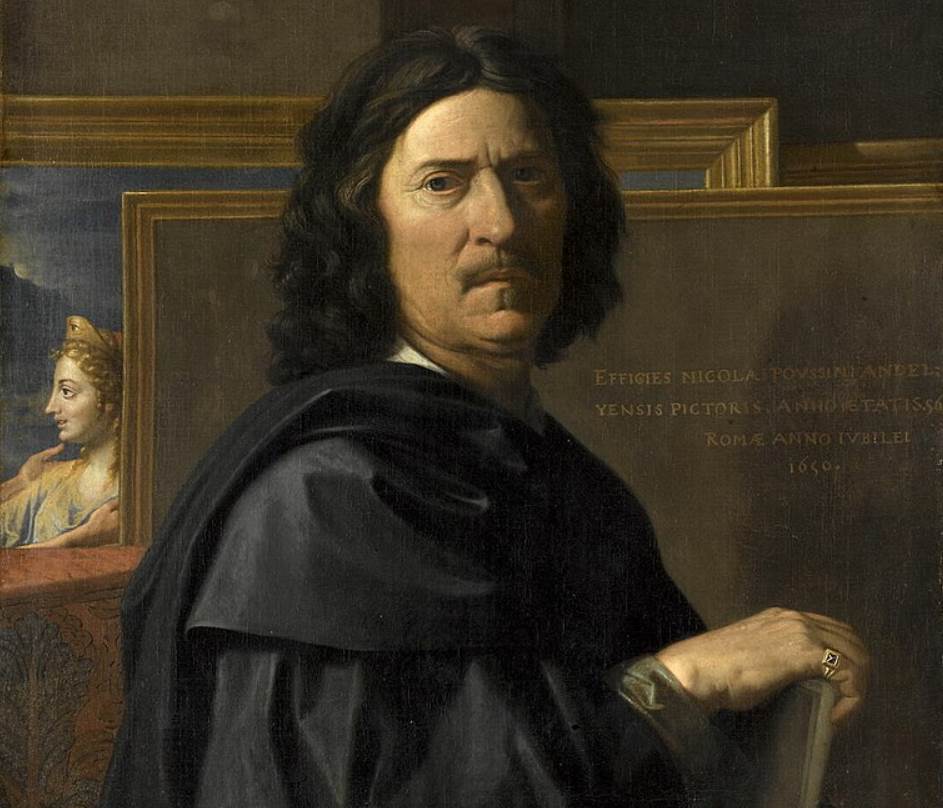
2. It depicts the tragic death of a popular Roman General
As the name of the painting suggests, it depicts Roman General Germanicus (15 B.C. – 19 A.D.) on his deathbed.

Germanicus Julius Caesar was a popular Roman General because he led the Roman army to victories against the feared Germanic people.
He was the older brother of Claudius, the fourth Roman Emperor, and was working in the service of Tiberius, the second Roman Emperor who succeeded Augustus.
The scene takes place in the ancient city of Antioch in modern-day Turkey. Germanicus was sent here to fight in Syria but the local governor named Cnaeus Calpurnius Piso opposed this.
Germanicus claimed that he was poisoned by Piso on the orders of Tiberius. Whether or not this was true remains uncertain, but Piso was tried and found guilty.
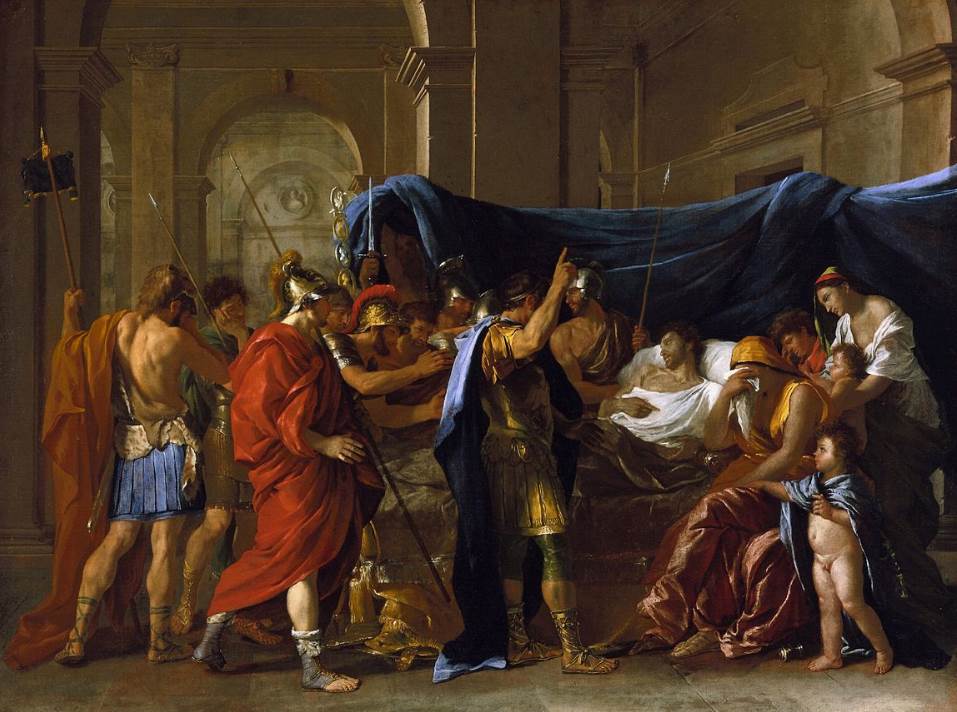
3. The painting was commissioned by a rich Italian Cardinal
The painting was commissioned by the main patron of Nicolas Poussin in Rome, Cardinal Francesco Barberini (1597–1679).
He was the nephew of Pope Urban VIII (1568-1644) and managed to acquire a lot of wealth in his position. Nepotism was rampant at the Vatican ad he was given multiple positions by his powerful uncle.
It wasn’t the first painting that Barberini commissioned from the Baroque artists. He already completed a painting titled “The Destruction and Sack of the Temple of Jerusalem” between 1625 and 1626.
This work is part of the collection of the Israel Museum in Jerusalem.
Although Poussin already completed the painting in 1627, it was only delivered on January 21, 1628. The artist received 60 crowns for his work.
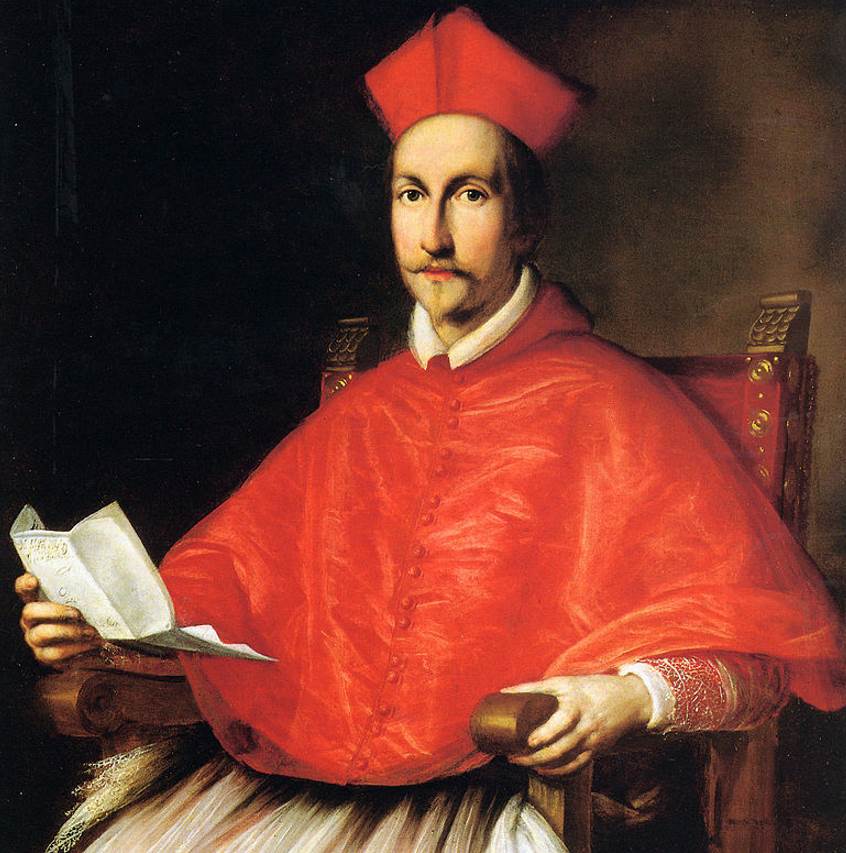
4. Poussin found inspiration for the painting in both ancient and contemporary works
The French artist closely studied the French royal collection in Paris. When he arrived in Rome, he had access to an even larger collection of fine art to find inspiration.
The figures in The Death of Germanicus were inspired by a wide range of other artworks, including both ancient and contemporary works.
- The Death of Meleager – The figure of Germanicus and weeping mother resembles this ancient relief which is part of the collection of the Vatican Museum.
- Tancred in front of the walls of Jerusalem (1601-1606) – The crusader in this painting by Ambroise Dubois resembles the soldier on the left. This painting is on display at the Castle of Fontainebleau.
- The Last Supper (1618) – A painting by Frans Pourbus the Younger from which Poussin borrowed the curtain. This painting is part of the collection of the Louvre.
- The Death of Constantine (1623-1625) – A set of tapetries based on works by Peter Paul Rubens (1577-1640) related to this historical event. King Louis XIII of France offered this to to Francesco Barberini in 1625.
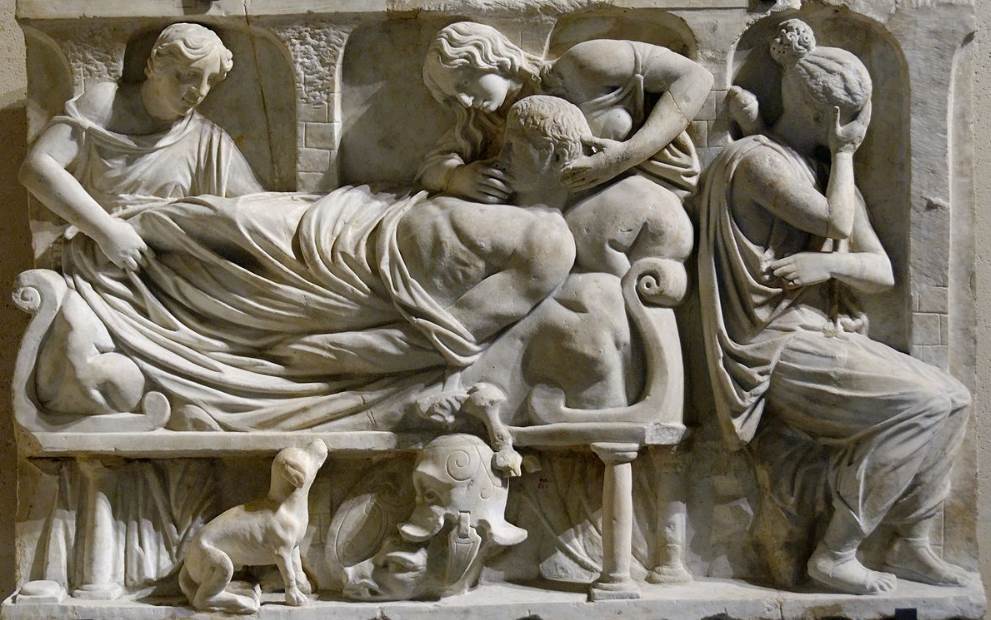
5. A drawing of the painting can be found at the British Museum
It’s believed that Poussin made at least two preparatory drawings for this painting. One is kept at the Musée Condé in Chantilly, France, and features multiple variations of the figures.
The second is severely damaged and is part of the collection of the British Museum in London.
Because of the many variations of the figures, some art historians claim that Poussin produced this after he completed The Death of Germanicus, possibly to paint a second version that was never completed.
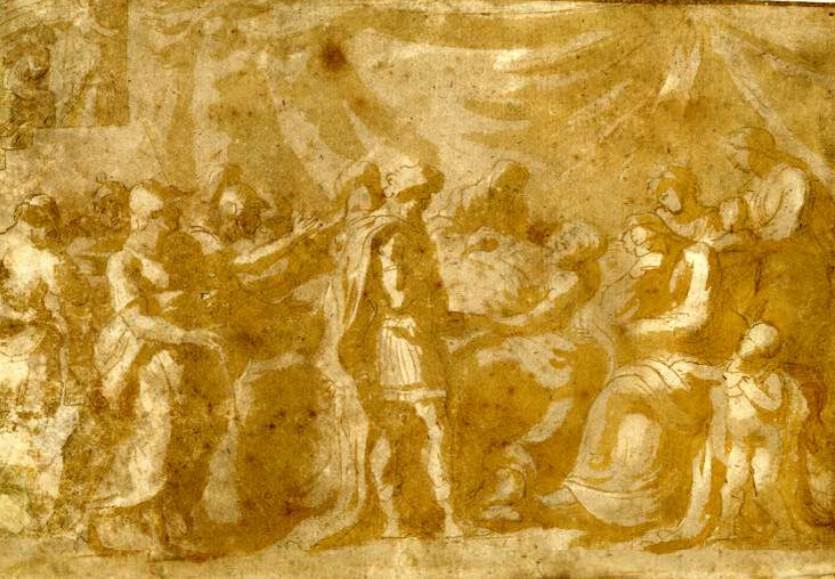
6. The painting became a source of inspiration for Neoclassical artists in the 18th century
The influence of Nicolas Poussin can not be underestimated. he was the leading Baroque artist of the 17th century who brought back subjects of the classical era.
He inspired the most famous Neoclassical artists well over a century later. His influence can be seen in the Neoclassical paintings that were produced at the end of the 18th century.
This work possibly inspired Jacques-Louis David (1748-1825) to paint his famous “Oath of the Horatii” in 1785.
German artist Heinrich Friedrich Füger (1751-1815) even completed his own variation of Poussin’s work in 1789.
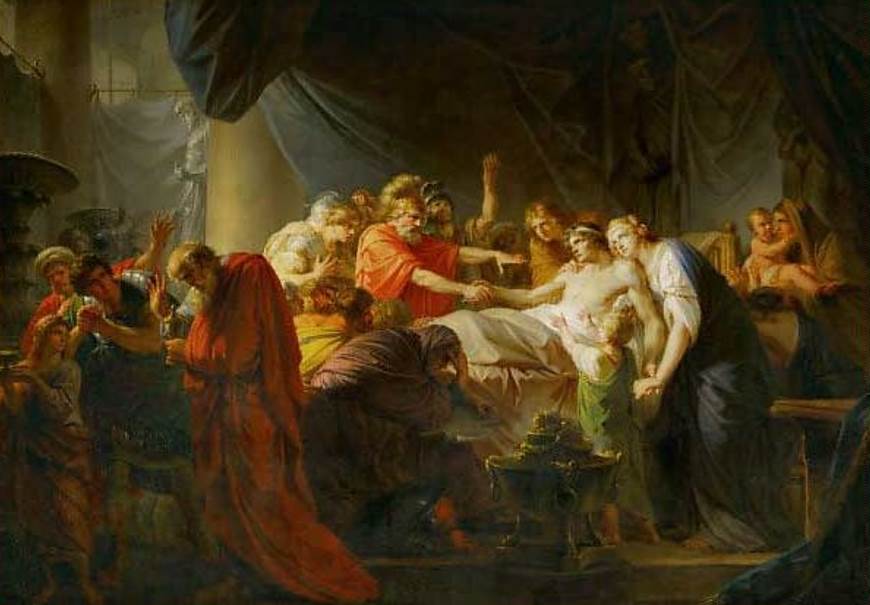
7. How big is The Death of Germanicus by Nicolas Poussin?
The French artist who lived most of his life in Rome painted very slowly. Regardless of this notion, he did leave behind an impressive oeuvre of large paintings.
The Death of Germanicus by Nicolas Poussin is a relatively large painting that has dimensions of 147,96 × 198,12 centimeters (58.25 × 78 inches).
8. Where is the painting located today?
Francesco Barberini gave the painting to his nephew Maffeo Barberini (1631–1685), an Italian nobleman and Prince of Palestrina.
What’s fascinating about this painting is that it remained in the Barberini family until the year 1958, decorating various palaces owned by the family in both Rome and Florence.
With the help of the William Hood Dunwoody Fund, the painting was acquired by the Minneapolis Institute of Art in 1958 and it remains on display in Gallery 313 of the museum today.
